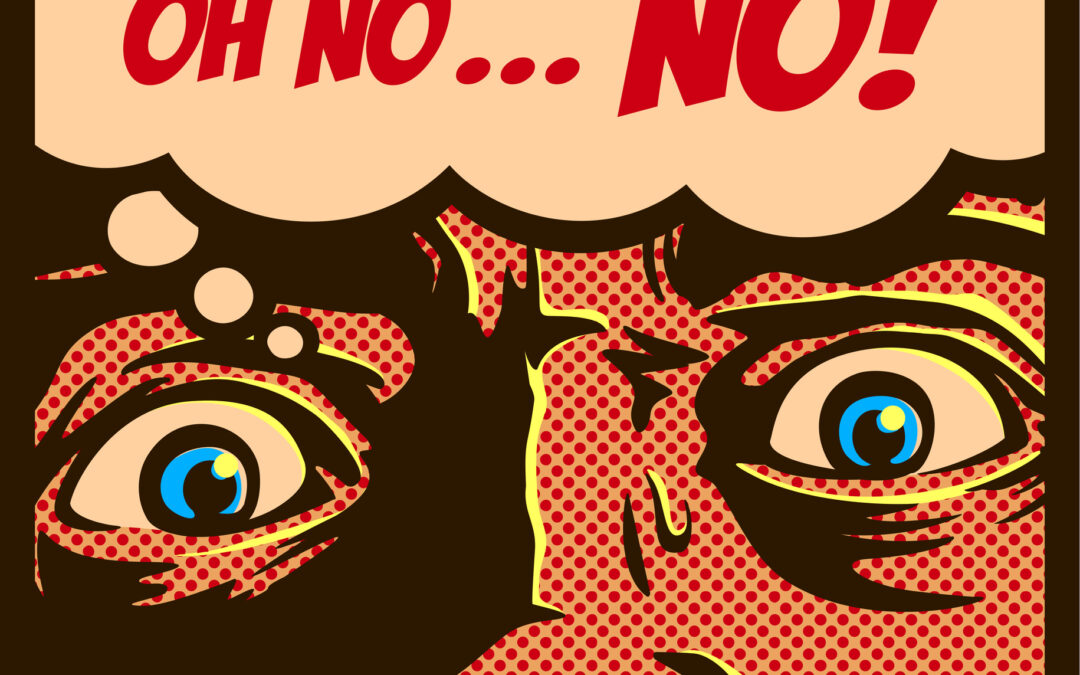Over the past several years, there have been numerous traumatic events making news all across the country. From incidents of mass violence to devastating natural disasters, hundreds of thousands of Americans have experienced or witnessed a disastrous or...

Introducing EMDR Intensives
Are you feeling weighed down by unresolved trauma? Do you wish there was a quicker way to find relief and start healing? We have exciting news! Star Meadow Counseling is now offering EMDR Intensives, a new and powerful way to process trauma. These extended therapy sessions can help you achieve deeper healing in less time.
What Are EMDR Intensive Services?
So, what exactly are EMDR Intensives? EMDR stands for Eye Movement Desensitization and Reprocessing. In simple terms, it’s a therapy designed to help you process and resolve traumatic memories. Unlike regular therapy sessions that last around 50-60 minutes, our EMDR Intensives run for 2-6 hours. This gives us the time and space to dive deep and tackle those tough memories head-on.
Why Choose an EMDR Intensive Approach?
If you’ve been feeling stuck or like traditional therapy isn’t moving fast enough, EMDR Intensives might be just what you need. These sessions provide a concentrated and uninterrupted environment, allowing you to work through trauma more quickly. Imagine being able to address multiple traumatic memories in just one session. It’s like hitting the fast-forward button on your healing process.
Affordable Healing
We know that cost is a big concern when it comes to therapy. The good news is, the first hour of your EMDR Intensive is covered by insurance. After that, each additional hour is just $180.
Is an EMDR Intensive Right for You?
Wondering if EMDR Intensives are a good fit for you? If you’re dealing with unresolved trauma, complex trauma, or neglect trauma, and you’re looking for a faster path to recovery, this might be the perfect solution. Our EMDR intensive specialist, Heather Merrill, will be with you every step of the way, providing personalized and compassionate care.
Take the First Step Today
Ready to find out if EMDR Intensives are right for you? We offer a free 10-15 minute consultation call to discuss your needs and determine the best path forward. It’s a great way to get your questions answered and see if this approach feels right for you.
Don’t let trauma hold you back any longer. Reach out to us today and start your journey to healing with EMDR Intensives. Your path to a better, brighter future is just a call away.

When to Worry: Recognizing Signs of Trauma in Your Loved Ones

6 Reasons Why Yoga Might Be the Missing Link in Your Mental Health Toolkit
We invited our friend, Eve Parker at Simply Yoga, to share this guest blog, which provides information about the positive impact of yoga on a person's mental health and overall wellness. After reading the article, if you’d like more information about Simply Yoga, we...

You Are Not Alone: Finding Support as a Male Sexual Abuse Survivor
On an almost daily basis we hear stories of female sexual harassment and abuse in the media. Sadly, male sexual abuse is fairly common, but the issue is under-reported by the media and society in general.One US-based study found that 1 in 6 boys experience...

All about EMDR as Trauma Therapy
Have you heard of EMDR? Among therapists, it’s all the rage as an up-and-coming, evidenced based approach for trauma treatment. Because it is different than standard talk therapy, we thought you might have some questions. We’d love to help demystify EMDR as a form of...













